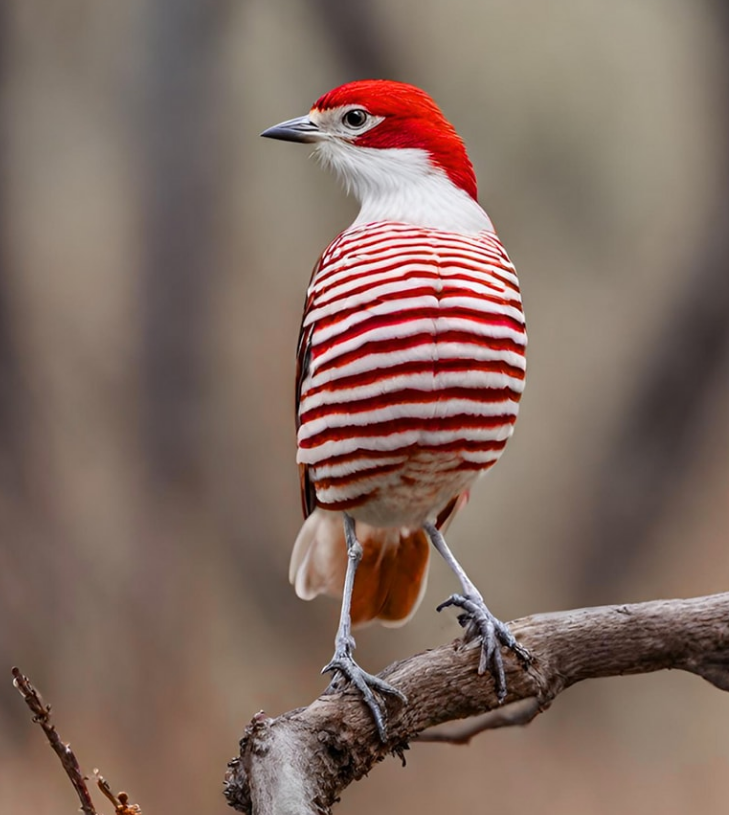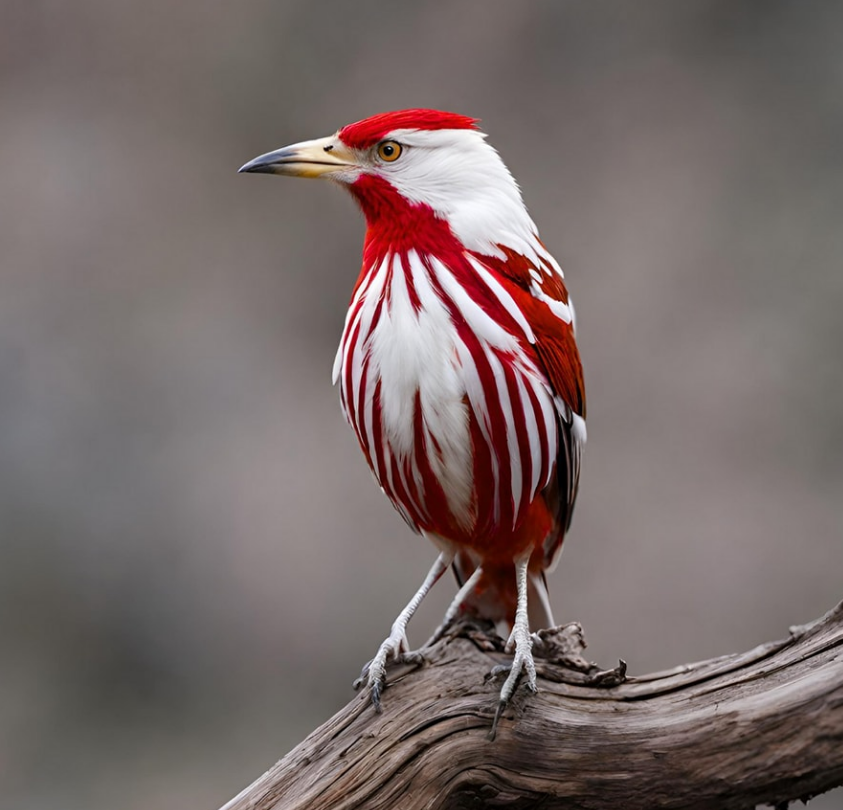Although the attractiveness of birds is frequently attributed to their vibrant feathers and enchanting melodies, it is the remarkable diversity and complexity of their beaks that consistently astound and enthrall us.
In the vast realm of natural wonders, the avian world stands out as a showcase of extraordinary diversity and breathtaking beauty. While birds often captivate us with their colorful plumage and enchanting songs, it is the remarkable variety and complexity of their beaks that truly fascinate and captivate.

Birds, boasting countless species, exhibit a wide range of beak shapes, sizes, and colors that go well beyond mere functional tools. Each beak is a masterpiece, finely tuned to suit the specific needs and lifestyles of the bird. From delicate to formidable, these amazing creatures’ beaks are a testament to the wonders of evolution.

Take the iconic hummingbird, for instance, a tiny wonder of nature. Its slender, elongated beak is perfectly adapted for sipping nectar from delicate flowers, requiring precision and control. This intricate tool not only aids in feeding but also highlights the hummingbird’s survival strategy, showcasing the symbiotic relationship between form and function.
On the other hand, the impressive beak of the pelican stands out as a remarkable piece of avian architecture. Its large, scoop-like bill is designed for scooping up fish from the water, demonstrating the versatility of beaks in fulfilling various ecological roles. The pelican’s beak, like many others, reflects the adaptability and efficiency bestowed upon these creatures by evolution.

Another marvel is the flamingo, with its distinctive downward-curving beak adapted for filter-feeding in shallow waters. The flamingo’s beak not only serves as a tool for obtaining food but also embodies the bird’s elegance and grace, reminding us that beauty in nature often serves a purpose beyond aesthetics.
Beyond their functionality, the diversity of bird beaks adds a layer of visual poetry to the natural world. The toucan, with its large and vibrantly colored beak, symbolizes tropical splendor. Despite its seemingly oversized appearance, the toucan’s beak is lightweight and serves both as a cooling mechanism and a tool for reaching fruit on distant branches.
The astonishing variety of bird beaks invites us to appreciate the intricate ways in which these creatures have adapted to their environments. It underscores the interconnectedness of all living beings and the precision with which nature sculpts its masterpieces.
As we marvel at the beauty of birds, let us not only celebrate their vibrant feathers and enchanting songs but also take a moment to be amazed by the incredible diversity of their beaks. These remarkable structures are not merely tools for survival; they are testaments to the endless wonders that unfold when form and function harmonize in the grand tapestry of life.
Feel free to share this article with your loved ones!
